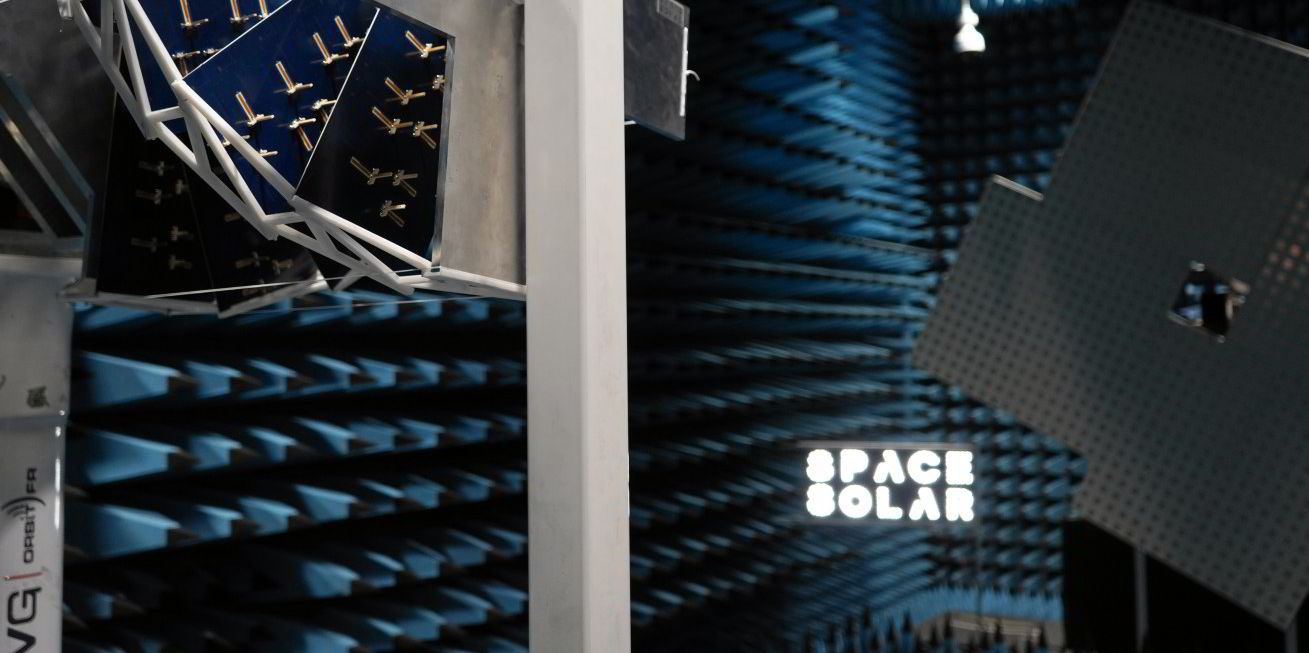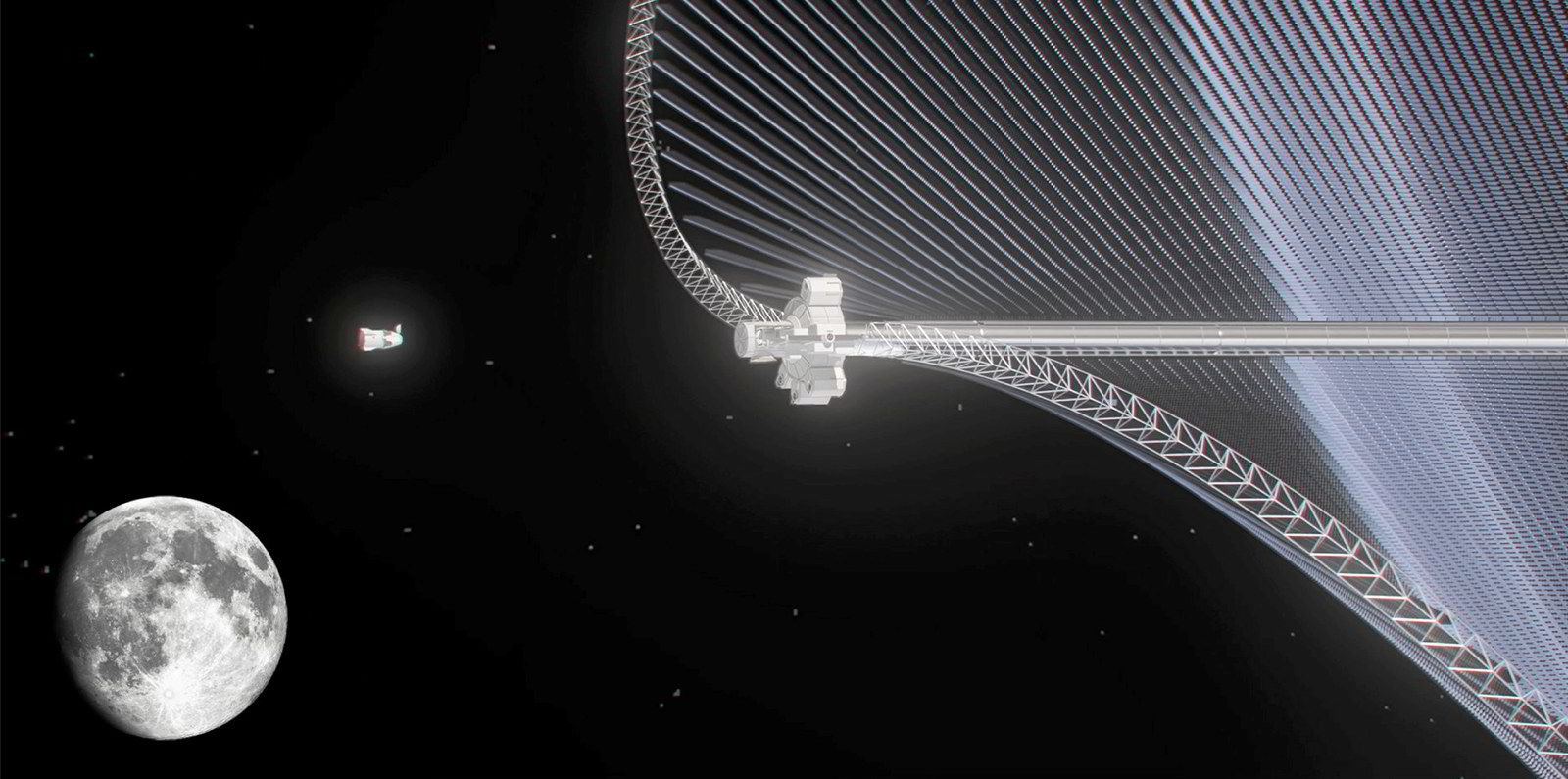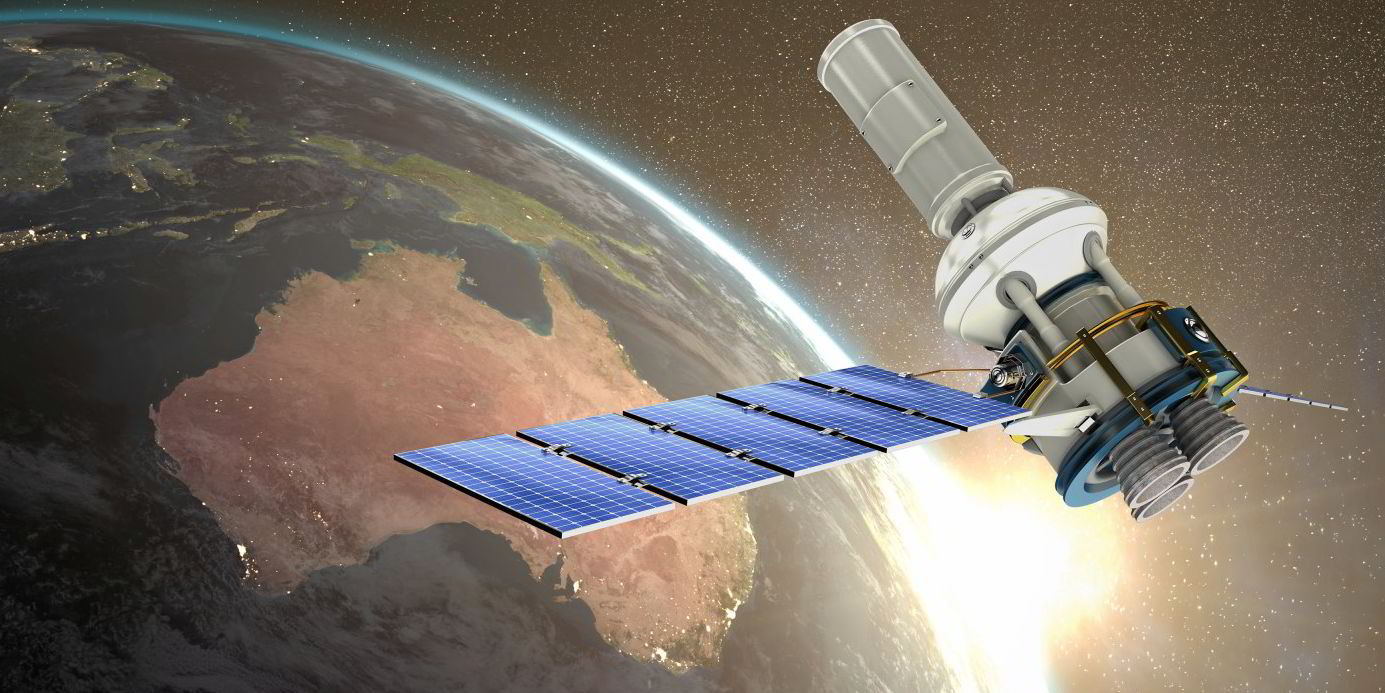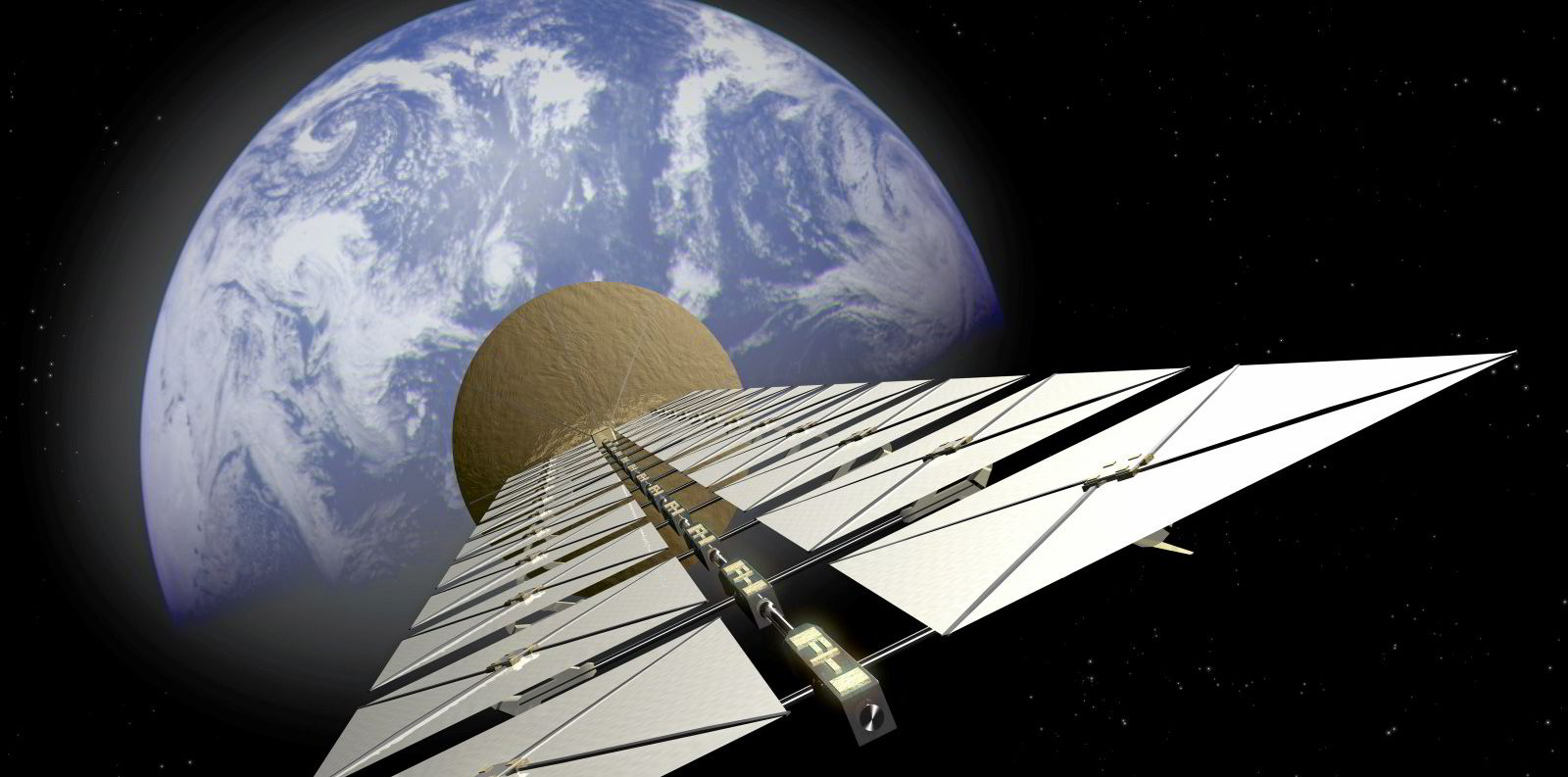Beaming limitless clean power down to Earth from huge solar arrays in space has moved a step closer after a company claimed a “world first” breakthrough in developing a key technology.
Space Solar, which wants to mount a huge system of mirrors and solar panels on a satellite orbiting the Earth, said today (Friday) that it had reached a major milestone in realising its concept.
For the first time ever, Space Solar said it has demonstrated a 360-degree power transmission system for wirelessly beaming energy can work.
Martin Soltau, co-CEO of the company, based near Oxford in the UK, said this “marks a pivotal moment in our mission to revolutionise solar based-solar power.”
“With this demonstration of the world's first 360° wireless power transmission, we're not only advancing our own capabilities but also laying the foundation for a brighter, cleaner future for generations to come.”
Solar energy can be gathered far more efficiently in space, where satellites have near-uninterrupted access to the sun’s light.
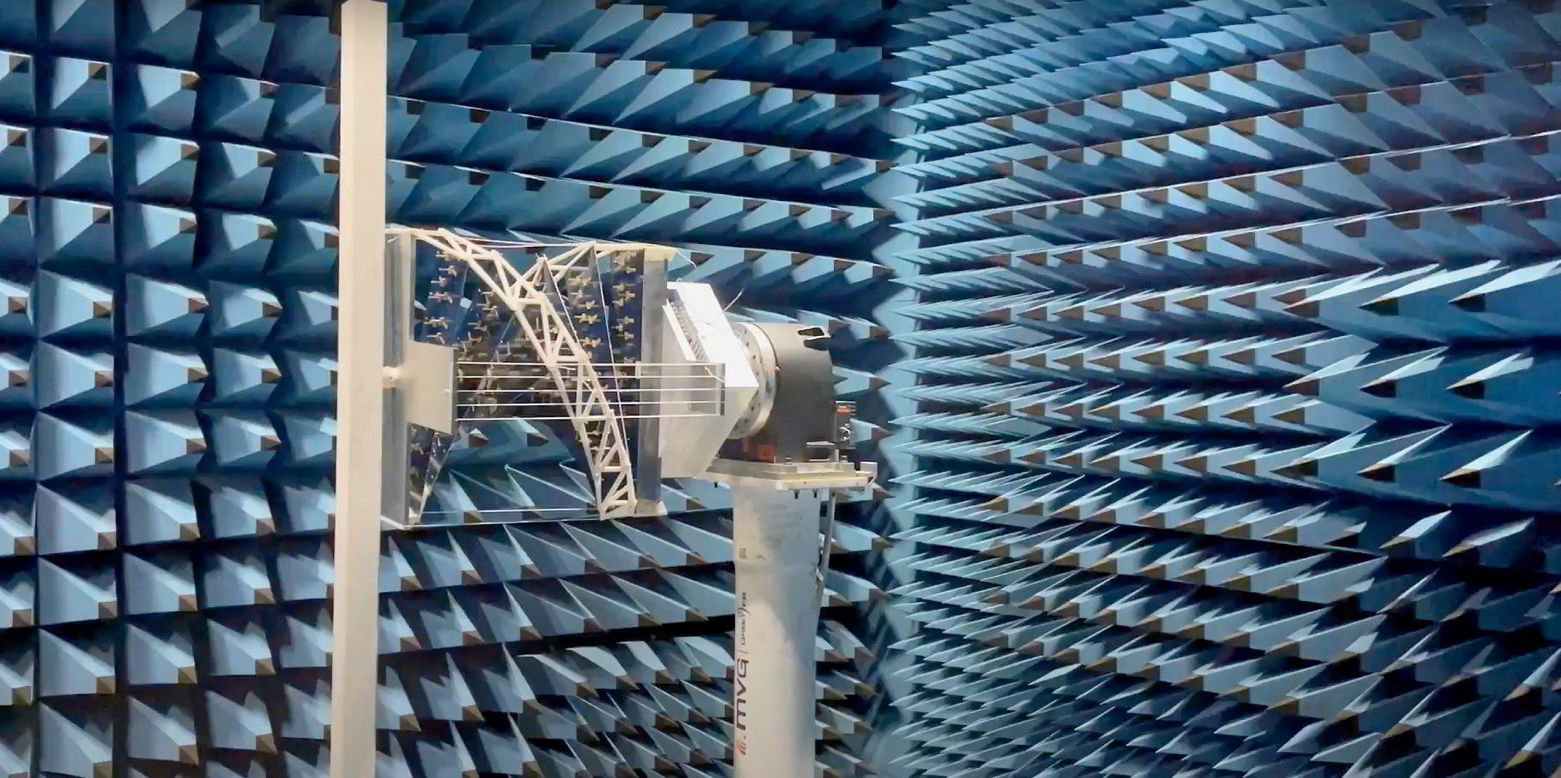
The tantalising possibility of solar power that is not affected by weather, seasons or time of day has drawn increasing attention in recent years.
The limiting factor had long been the cost of launching satellites, however this has now dropped significantly. Soltau says his company is now in talks with Elon Musk's SpaceX on potentially using one of its rockets.
Cheaper satellites have coincided with the development of technology to beam energy from one location to another. California scientists claimed their own world first last year in having transmitted energy from a satellite to Earth's surface.
Space Solar plans to develop a kilometre-scale satellite with a system of lightweight solar panels and a system of mirrors to concentrate sunlight onto the panels.
The electricity generated would be converted into high frequency radio waves, and gigawatt-scale power beamed to a receiving antenna at a fixed point on the ground below.
The recent breakthrough centres on Space Solar’s HARRIER demonstrator, which the company describes as the “world's first 360° wireless power transmission system, demonstrating a novel approach to energy beaming beyond Earth's surface.”
“For solar power satellites, as they move around an orbit they need to point at both the Sun and Earth,” it said. “This typically involves a large rotating joint.”
“The HARRIER technology enables the transmission of power in all directions without the need for moving parts, ensuring unmatched reliability and performance.”
Space Solar said it has “now concluded a successful test campaign of HARRIER,” which took place at Queen’s University, Belfast.
The tests included a demonstration of wireless power beaming, which the company said highlighted the “innovative capabilities of the system.”
“Notably, this featured a demonstration of 360° Beam Steering, showing the unique ability to steer the energy beam in all directions, ensuring a continuous power supply regardless of orientation.”
The UK government threw its weight behind space-based solar last year by providing £4.5m ($5.7m) in funding for universities and a clutch of high-tech companies to develop necessary technologies. The European Space Agency is supporting similar efforts through its Solaris programme.
Paul Bate, chief executive of the UK Space Agency, said: “This successful test is a really important milestone on the way to making space-based solar power a reality.”
“Safe, wireless, 360° energy transmission is a game changer, and demonstrates the UK’s leading position in this new energy revolution, quite literally harnessing the power of space to benefit life on Earth.”
